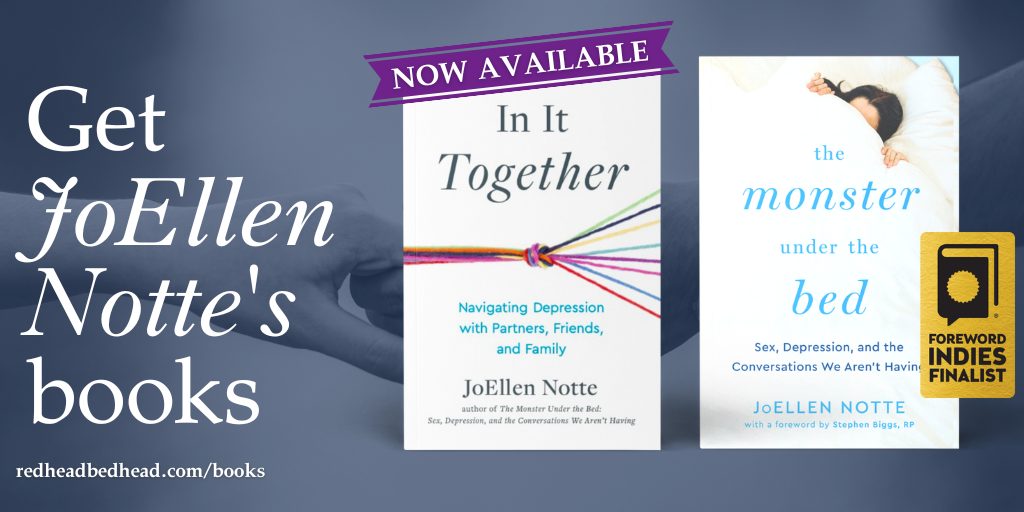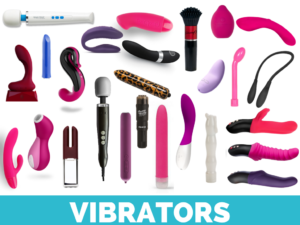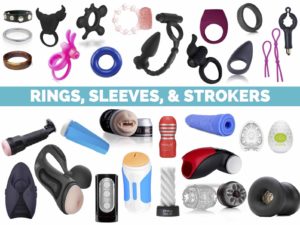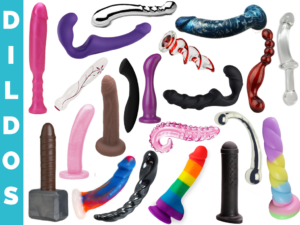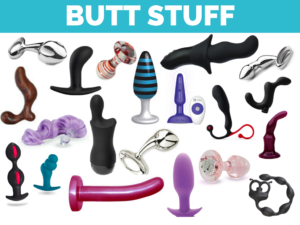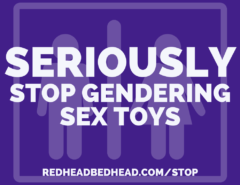Welcome to part 2 of my series “There is No Reason to Gender Sex Toys”. Last week we talked a bit about some of the reasons people apply gendered language to sex toys and why those reasons don’t really hold water. Today we’re going to talk about how to successfully talk about toys in a gender neutral way and hopefully assuage some of the fears folks seems to have. We’ll start off by looking at what trips people up when it comes to this topic, starting with an argument I know I’ve heard way too much. This argument involves talk of walking on eggshells and jumping through hoops. Basically it’s the “inclusive language is HARD” argument. As with the arguments we discussed last week, I don’t buy it. Sure, if you decide that gender neutrality means you have to label products as “toys for havers of vulvas who do not have prostates” things are going to get awkward but there’s an easy way around this: label products as what they are and/or what they do!
What does inclusive toy language look like?
I started this series off by talking about an intro to toys class I taught that got kudos for its inclusive language. In that class I broke toys into categories based on things that they unquestionably are (it’s questionable to say a vibrating toy is a “woman’s” toy but totally legit to say it’s a vibrator and group it with others that fit that category). You can see some examples of how I did this below.
Within those categories I talked about toys for clitoral and g-spot stimulation, what a wand does and how it’s different than what a bullet vibe does, the difference between prostate toys, anal plugs, and slim dildos- I simply explained what each toy does. I won’t lie to you, I had some moments of confusion when setting up the class. For example, do vibrating butt plugs go with vibrators or butt stuff? What about pulsators? Should I be more specific re: different kinds of dildos. But even with those moments, describing toys without gendered language was pretty darn easy.
It’s actually way LESS confusing than some of the results of gendered language
My division of categories may not work for you but here’s the thing: you just need to come up with any way to divide up the tons of toys and products that exist into navigable categories. For far too long people have defaulted to “male” and “female” as the categories because, well, a lot of the world did that — look at clothes for example– but those categories can be so other-ing and exclusionary. Also, those categories tend to require applying language that is vague like “male masturbators” when we are talking about sleeves or strokers, or language that is just extraneous like in the weird, silly, and way too common practice of creating a “women’s anal” category. Additionally, this practice has frequently led to the need for doubling up on categories. I will once again point to the strange practice of gendering anal toys for this example. Sex education pioneer Megan Andelloux calls the anus “the great equalizer” for a reason, everyone has one! All to often, however companies will create separate “men’s” and “women’s” anal toy categories with the only noticeable difference being the inclusion of prostate toys in the “men’s” section. So if we are saying a “women’s anal” category is just the anal toys not designed for prostate play, why not, instead of listing those toys under two categories simply have “anal toys” and “prostate toys”? So much simpler.
My point is, for all the fear that inclusive language will be “weird” or “awkward”, not using it seems to result in practices that are far weirder and more awkward than they need to be. There are far simpler ways to talk about these products.
But JoEllen, without gender-based language people will get confused!
A lot of the arguments I’ve heard over the years involve a fair amount of assuming no one knows anything about their bodies (which, given the state of sex ed in the US, may not be an absurd assumption) as well as a dash of refusing to offer consumers any product education. The result of that equation is the conclusion that labeling toys by gender simplifies things and prevents the much-feared “confusion”. Honestly, I think that this is a self-perpetuating cycle. We think people don’t know, so we don’t talk about it, so people keep not knowing. You can end this cycle. How? Teach them!
For example, (be forewarned, we’re returning to the anal category) If you genuinely don’t trust your customers to know whether or not they have a prostate, consider incorporating some education into your site! Rather than defaulting to “male” and “female” categories because you are worried your customers don’t know what body parts they have or if the product in question will work with their body, give them some tools to figure it out. Whether you do this via your own content or by linking to the work of others, creating a more informed audience is in everyone’s best interest. Shoppers come away more knowledgeable and better able to find the products that please them and you ultimately end up with more satisfied customers. Doesn’t that sound better than leaving folks to grope aimlessly around your site, hoping for the best and having only gendered categories (that may not apply to them at all) to guide them?
The upshot here is that doing away with gendered language needn’t be an awkward and confusing attempt to avoid certain words. Indeed it should, ultimately, be an exercise in streamlining and using clearer language. Inclusive language can strip away some of the confusion, make things clearer, and have happier customers who know what you are selling and why it could work for them.
So, now we know using gendered language to talk about toys is unnecessary and that doing away with it is actually MORE confusing and awkward. So, the only question left is, why on earth would you keep doing it?
This post was sponsored by Top Male Masturbators. All opinions are my own.
